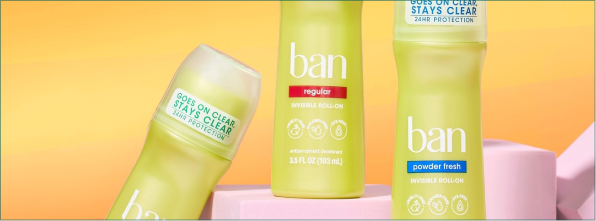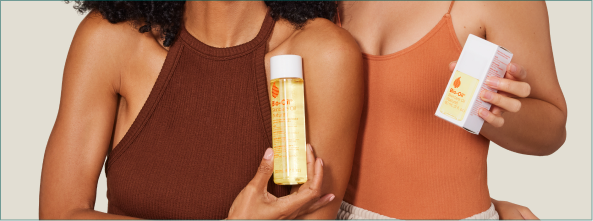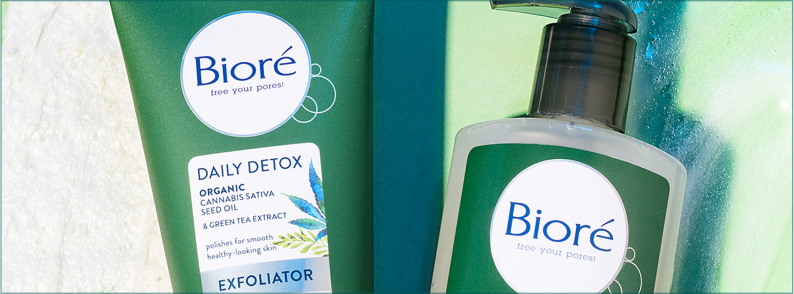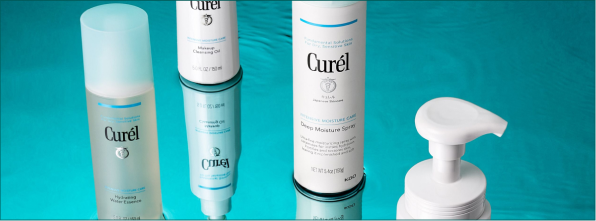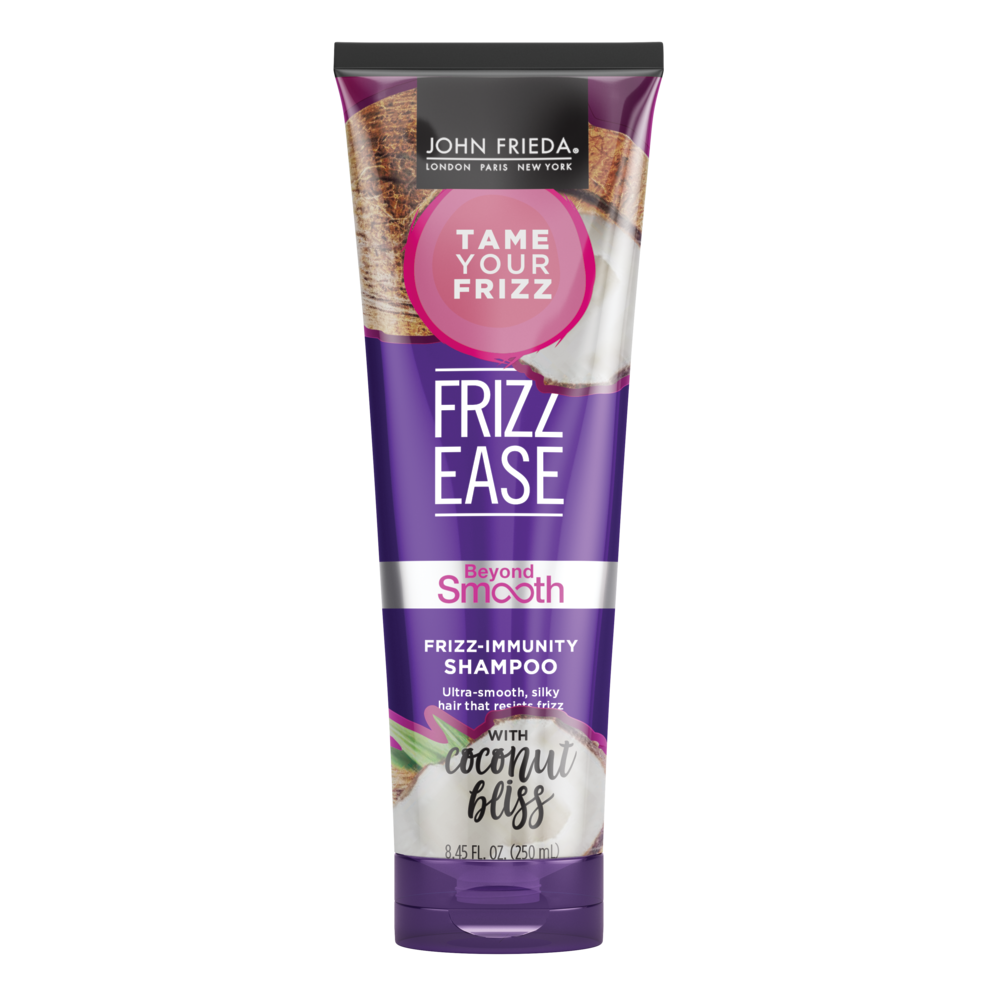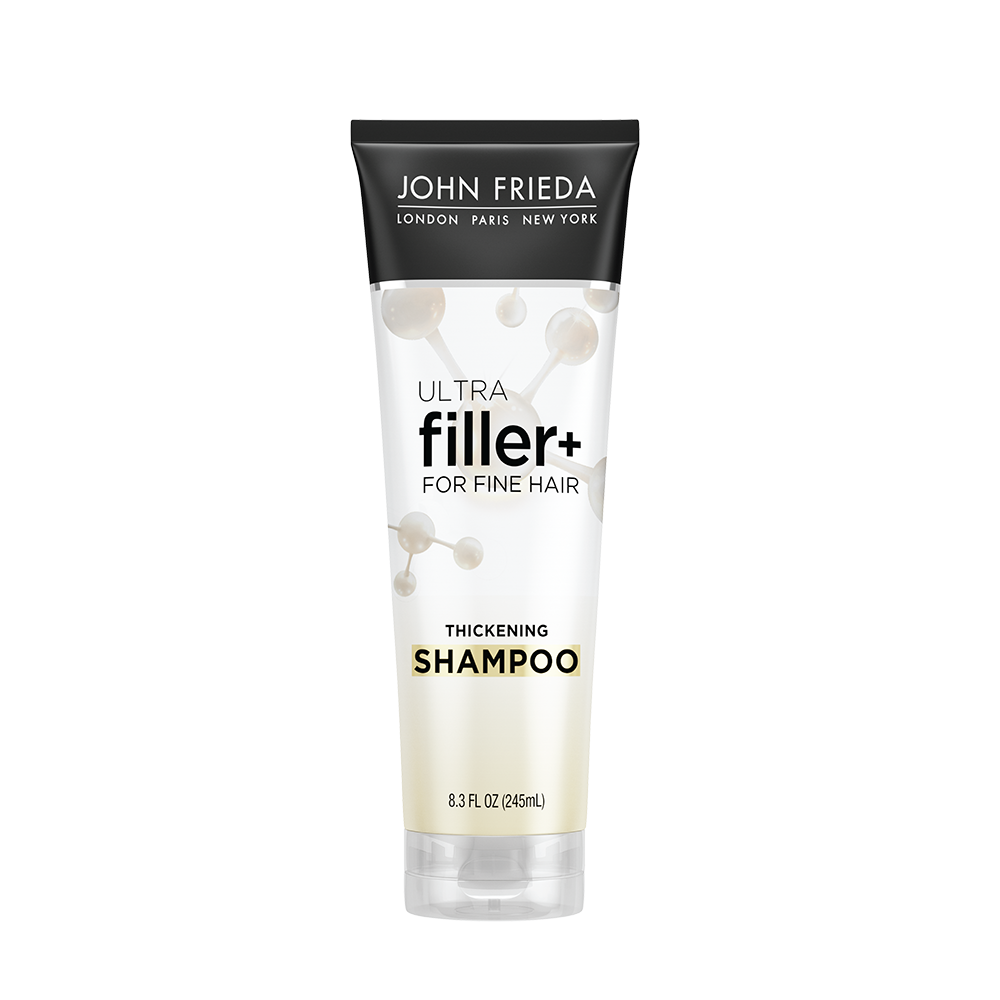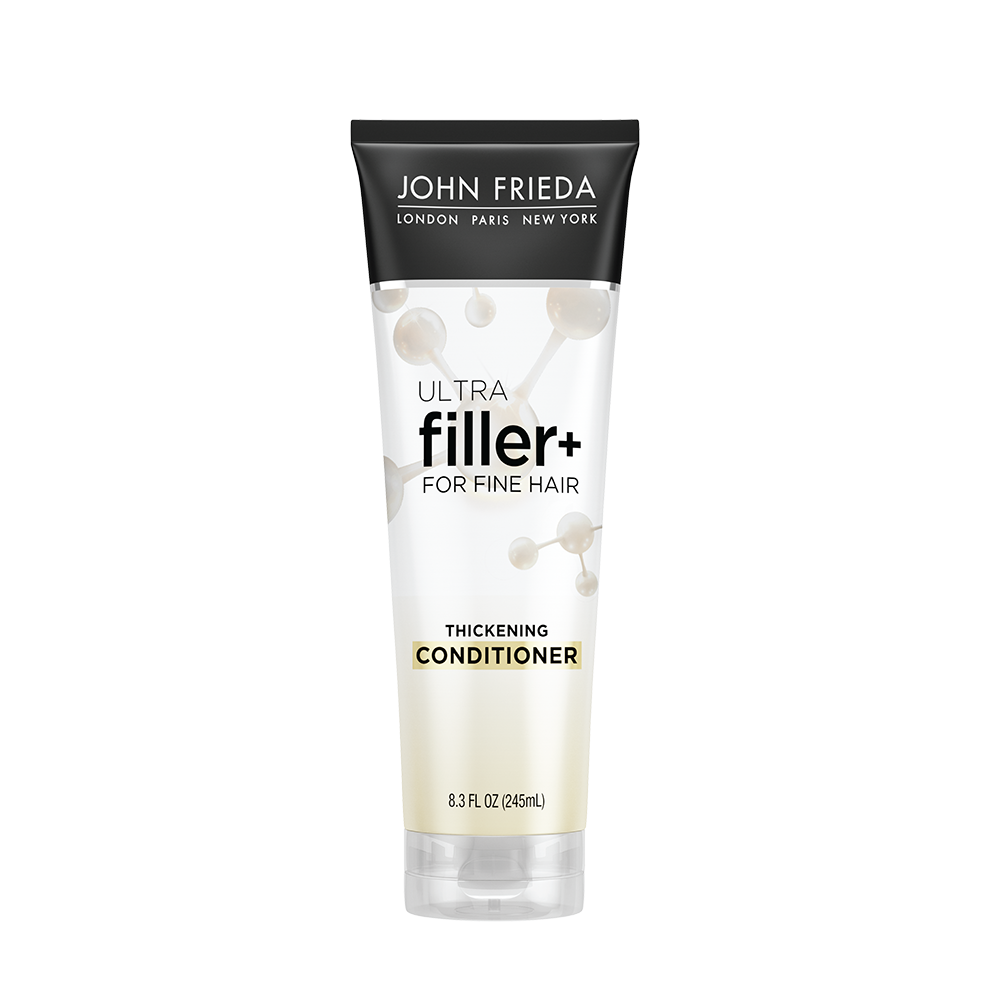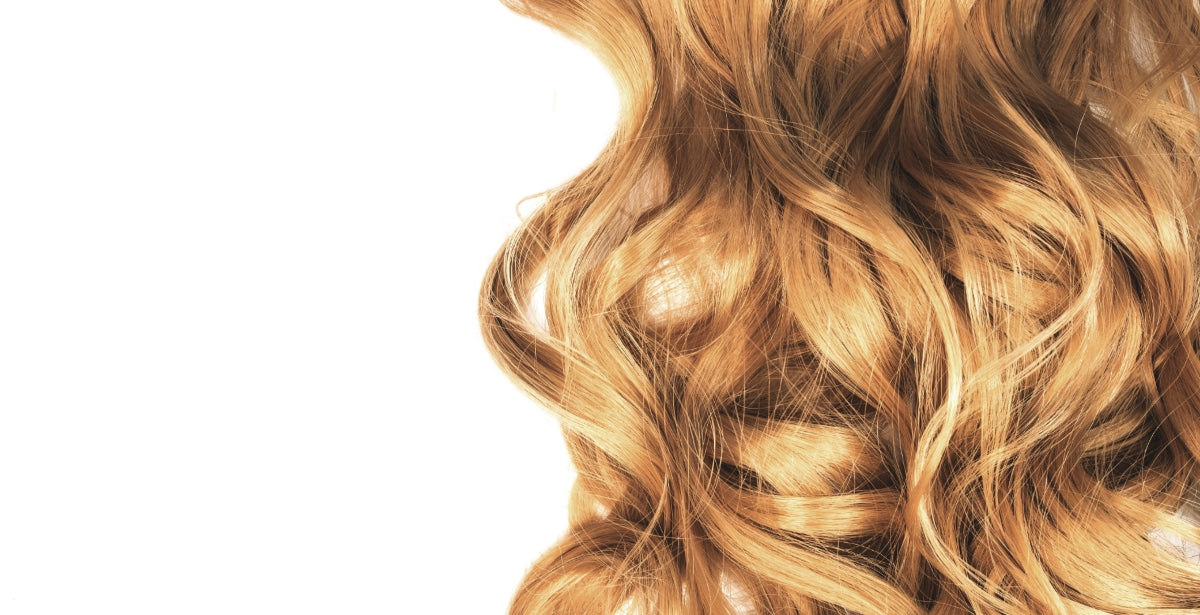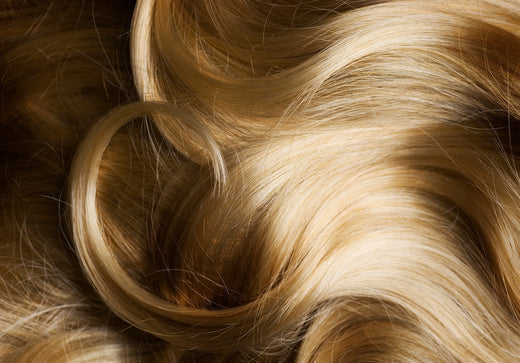WHY IS MY HAIR SO FRIZZY?

Why is your hair so frizzy? Frizzy hair is often caused by dryness, excess friction, and heat damage. We’ll start with explaining how each factor causes frizzy hair
What Causes My Frizzy Hair?

Frizzy hair is essentially the appearance of misaligned hair fibers, or hair fibers pointing in different directions. This is where dry or damaged hair are the main causes of frizzy hair. This dryness allows moisture from the air to enter the open hair shaft, causing it to swell, which leads to frizz. Here’s a breakdown of common reasons why your hair is so frizzy:
1. Dryness and dehydration cause your hair to absorb excess moisture.
Curly and wavy hair is more prone to dryness compared to straight hair, which means it’s more prone to frizz. When your hair is dry, frizz can happen when it absorbs moisture from the environment. Even for healthy hair, high-humidity environments can lead to frizz when your hair absorbs excess moisture.
When your hair is dry, frizz can happen when it absorbs moisture from the environment.
2. Over-styling damages the hair cuticle and causes frizz.
Heat damage and styling is another common culprit of frizzy hair. The high heat from blow-drying or flat-ironing can damage the hair’s cuticle, causing frizz. Dying, bleaching, and other chemical treatments also damage the cuticle, causing brittleness and breakage, a recipe for frizz.
3. Friction lifting the hair cuticle and creating frizz.
If your hair is curly, wavy, or prone to frizz, brushing when it’s dry is a big no-no. Brushing lifts the cuticle, creating frizz. Sleeping on a rough cotton pillowcase or vigorously towel-drying can also ruffle the cuticle layer.
How Do I Tame My Frizzy Hair?
If you’re suffering from a wild, frizzy mane, here are some things you can do to help your hair look and feel repaired:
1. If you have dry, dehydrated hair:
- Don’t overwash your hair. Every couple of days is often enough. If your hair is very dry, skip the shampoo and use only conditioner twice weekly.
- Choose your shampoo wisely. Look for shampoos designed to hydrate hair and reduce frizz. Select an anti-frizz shampoo packed with moisturizing ingredients and specially formulated to help eliminate frizzy hair.
- Hydrate from the inside out. Don’t forget to drink plenty of water. If your body’s dehydrated, your locks can also look frizzy and dehydrated.
- Deep condition with a hydrating conditioner. A smoothing conditioner formulated with oils like coconut and argan oil can penetrate deep into the hair cuticle and help smooth and strengthen your strands.
2. If your hair is damaged by heat or over-processing:
- Take a break from coloring. Bleaching, dyeing, and over-processing hair lead to inevitable damage. If your hair’s looking a little fried, lay off on the color sessions for a while and try a deep conditioning mask instead.
- Go easy on the heat. Flat irons, hairdryers, curling wands—they all burn your hair’s cuticle. If you must use heat tools, use them on the lowest setting. If you blow-dry your hair, use a diffuser to limit direct heat. A good heat-protecting spray can create a barrier against heat damage, locking in moisture for softer, more lustrous locks.
- Get regular trims. Sometimes a slight trim is all your hair needs to eliminate breakage and split ends. Are you looking for some haircut inspiration? Take our haircuts for frizzy hair guide with you on your next visit to the salon.
Sometimes a slight trim is all your hair needs to eliminate breakage and split ends.
3. If you’re creating frizz by causing too much friction:
- Avoid brushing dry hair. Instead, use a wide-toothed comb on damp hair and work your way up from the ends to minimize breakage. If you absolutely must detangle dry hair, apply a detangling leave-in conditioner and use a natural boar bristle brush to help minimize frizz.
- Towel dry gently. Vigorous rubbing with a rough cotton towel can ruffle the hair’s cuticle. Instead, use a soft cotton t-shirt or a microfiber towel for a gentle way to remove excess moisture from your mane.
- Pick up some silk or satin sheets. Standard cotton sheets can be too rough on your delicate strands. The coarse cotton fibers pull at the hair strands, resulting in a frizzy, tangled mess in the morning. Switch to silk or satin pillowcases to reduce friction and tame frizz.
Other Common Questions About Frizzy Hair
We know that one solution does not fit all. We’ve compiled other common questions we’ve seen that deserve coverage of their own.
- Why is my hair suddenly frizzy all the time? Suddenly experiencing frizz all the time can often be linked to changes in your hair care routine, environment, or even your health. Take into account any changes you’ve made or seen in order to identify what the cause may be. Then, you can trace back causes from what we’ve noted earlier.
- Why is the top of my hair frizzy? Frizz at the top of your hair, otherwise known as “halo frizz”, is more exposed to environmental stressors like sun, wind, and pollution, all of which can dry out your hair. If you're frequently touching the top part of your hair, you might be unknowingly contributing to the frizz by disrupting the hair cuticle.
- Why is my hair so frizzy when I brush it? Brushing can cause frizz because it can disrupt the natural pattern of your hair and lift the cuticle, creating static and frizz. Consider using a wide-tooth comb or a detangling brush on wet or damp hair, and always start from the ends, gently working your way up.
Lasting Frizzy Hair Styling Tips
With figuring out the cause of your frizzy hair, some styling tips can go a long way. Here are a few of our favorites to take away before you head off to eliminate frizz for good:
- Combat humidity and bring flyaways to heel with a clean mascara wand coated in an anti-humidity hairspray.
- Apply a nourishing serum to soaking wet hair to help seal your hair’s cuticle, repel humidity, and instantly tame frizz. And nurture potential split ends and protect your hair with a protecting oil.
- Minimize heat damage by air-drying your hair 90% of the way before using a blow dryer on the lowest heat setting.
- Use a round, natural boar bristle brush when blow-drying to help smooth the hair cuticle and carry oils from your scalp down the hair shaft to the ends.
- Tame unruly curls and frizz by finger-combing your strands with a curl-defining foam.
- Deep-condition your hair weekly with pure coconut oil or a repairing hair mask.
Now go rock that frizz-free mane! Loving your smooth, shiny locks? Check out more John Frieda hair care tips.
